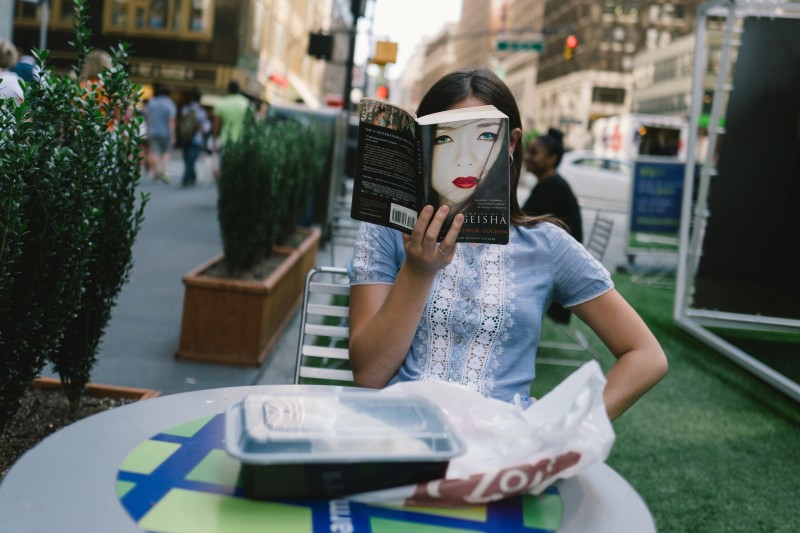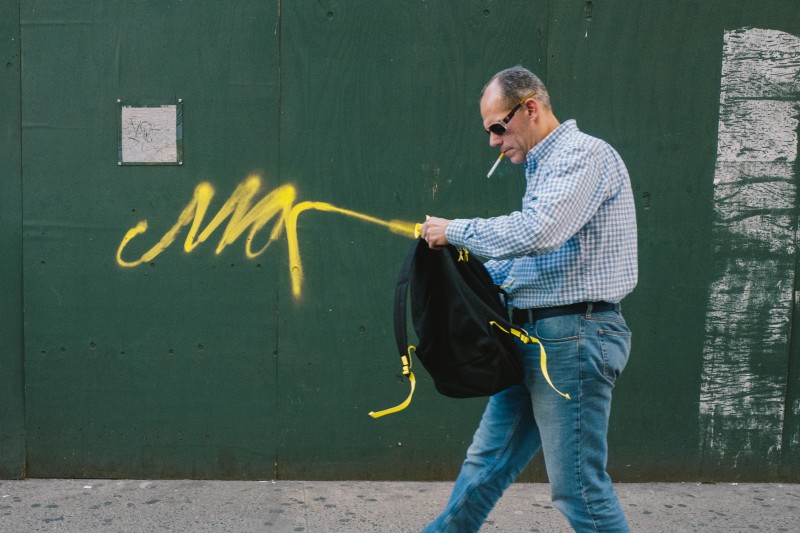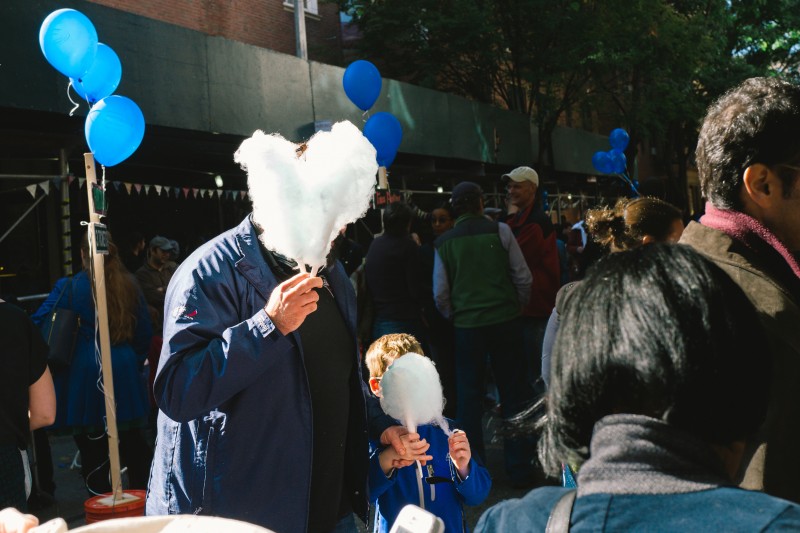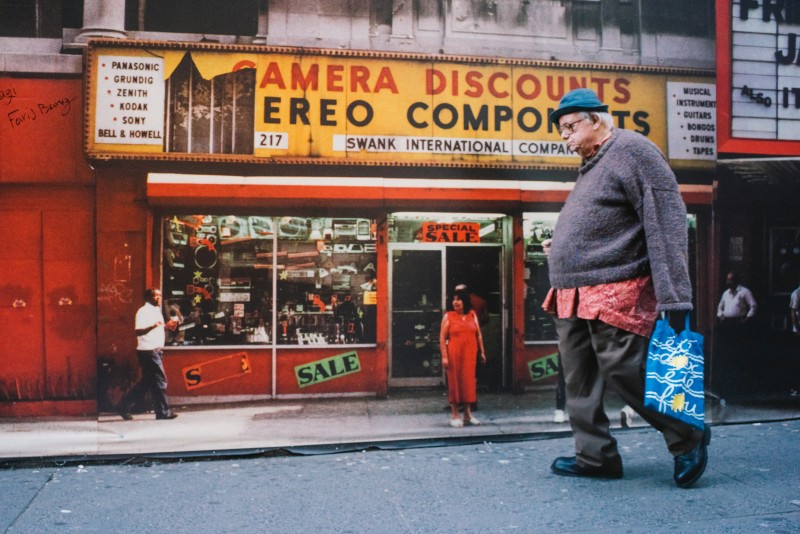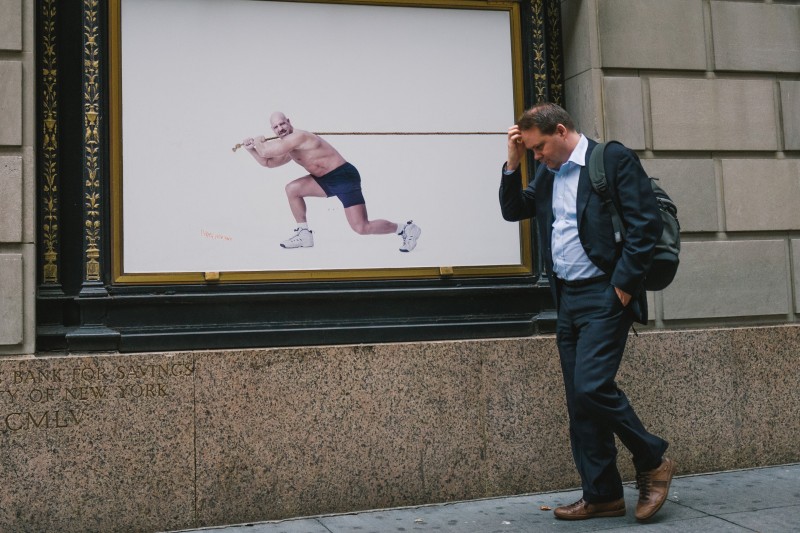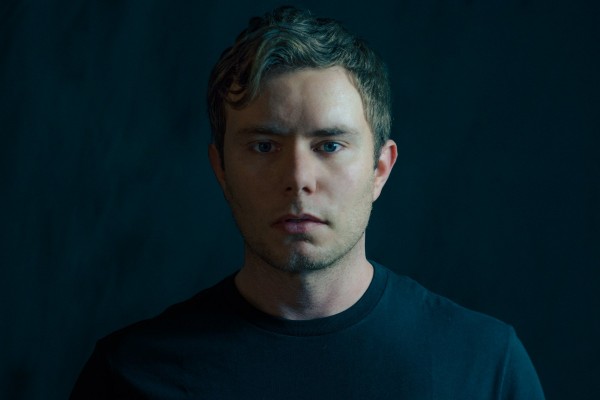Patient Observer
Patient Observer
Jonathan Higbee
June 21, 2017

You mainly do street photography. How you do define that genre?
That’s the million dollar question! I’ve learned over the years that how I define street photography is different from how you define it, and how you and I define it is yet again different than how someone else does. Basically, it seems that everybody has their own idea of what street photography is and should be ― and I believe we’re all “right”. But to answer the question, Siegfried Hansen once told me that what is now street photography used to be thought of as “life photography”. I fell in love with that in its precision. To me, street photography is an examination of the culture of humanity. It’s up to the artist to decide how broad or narrow their interpretation is.
Your amazing and also funny images look staged - some more, some less. How do you realize them?
I’m often told some of my street work looks staged and that’s one of the biggest compliments I think I could get! I wish I was creative enough to imagine and set up the scenes that materialize on their own. Alas, I’m just a patient observer who trusts the otherwise banal world to reveal these beautiful moments if you just look closely enough.
Obviously you are a unbelievably patient observer …
Capturing this kind of work is a painstaking (but highly rewarding) process, though. I walk the streets of New York almost every day, hoping to stumble upon a scene that makes me feel something indescribable in my gut. When I find such a spot, I patiently wait and work the scene ― sometimes for up to a month per image! ― until life unfolds just right.
Would you define “the street” like a (kind of) stage?
The street is absolutely a kind of a stage. Especially in the work that I do. I often refer to my scenes as “sets” just waiting for the “actors” to find their marks.
What camera equipment do you mainly use?
The Leica Q has been my miraculous workhorse. I’m a proud color photographer, and the files that come out of the Q really make the tones sing. I could write a love song to this camera! Though I’m married to the 28mm focal length, 21 and 50mm are often my mistresses.
These photographs in the LFI Gallery caught the attention of the editors.
Jonathan Higbee+-
Born outside Kansas City, Missouri, in 1981, Jonathan Higbee has called New York home for nearly 10 years. After studying liberal arts at Santa Monica College, he was hired as an editorial assistant for Instinct, America's largest independently-published gay print magazine. He quickly found his niche as a travel correspondent. His love for photography blossomed when he moved to New York and began taking pictures on the street.
His street photography has won multiple awards, including the 2015 World Street Photography grand prize, is exhibited across the world, most recently in Paris, and is published regularly, with recent features in the Huffington Post, GUP Magazine, Fotopolis, Peta Pixel, the Phoblographer and more. More

